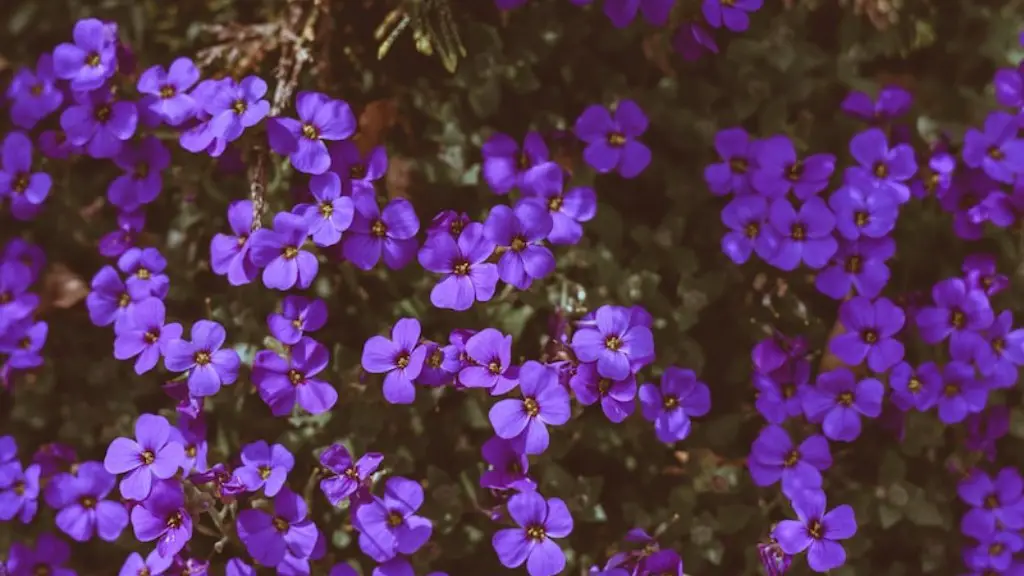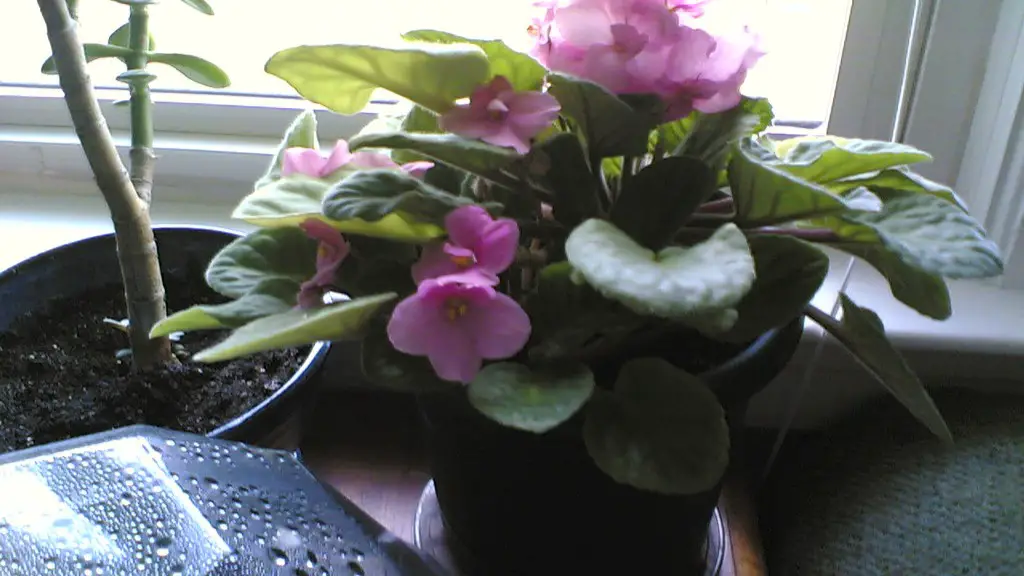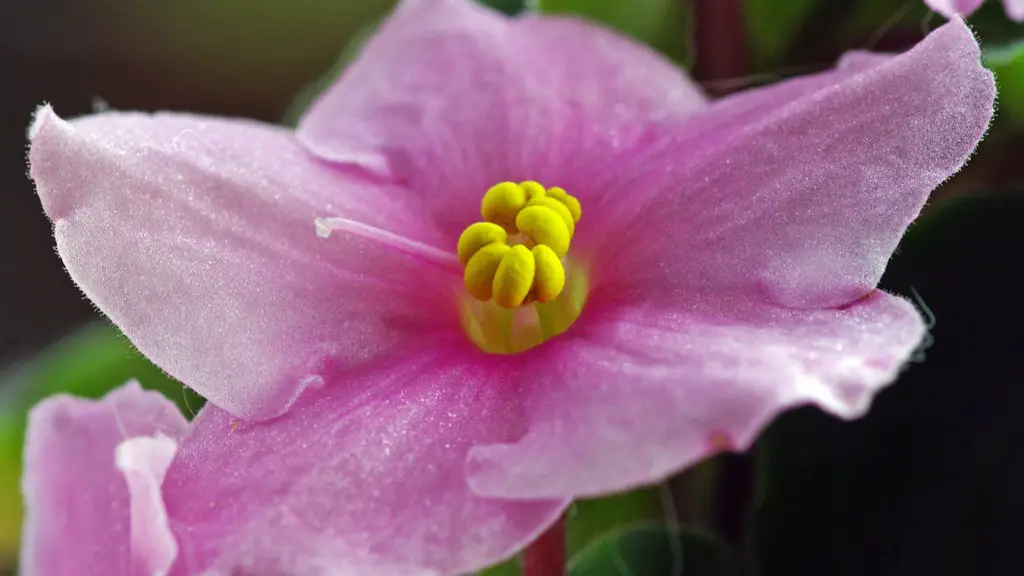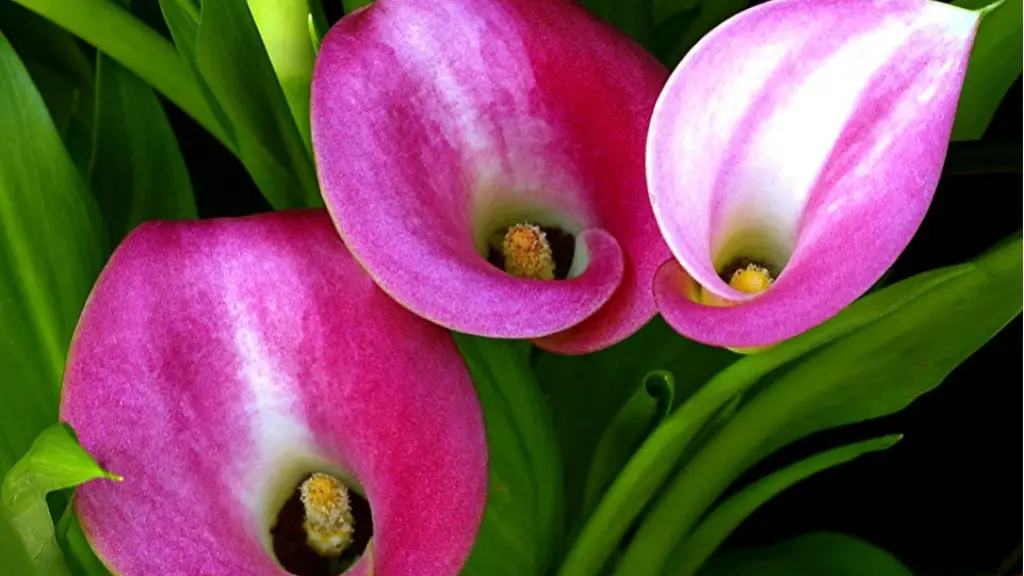The best time to separate African violets is in the spring, when the weather is mild and the plants are actively growing. African violets are relatively easy to care for and make great houseplants, so they are a good choice for beginning gardeners.
The best time to seperate African violets is in the spring, when the plants are just beginning to bloom.
When should I divide my African violets?
When you see that your African violet has doubled or tripled in size, and the leaves are wilting, it’s time to repot the plant into a larger pot. This will prevent the plant from becoming too root-bound.
Splitting African Violet babies or pups is a great way to propagate your plants and create new ones! To split the pups from the plant, just cut them off from the main stem of the plant, and pot them in their own soil. They will grow their own roots soon and turn into a new plant.
How do you split and repot African violets
Splitting African violets is a great way to propagate your plants and create new ones. The process is not difficult, but there are a few things you need to do to ensure success. First, water the plant thoroughly. This will help the roots to release easily from the pot. Next, prepare new potting medium by sterilizing the soil and cutting tools. Then, remove the plant from the pot and locate the separate crowns. Slice between the crowns, being careful not to damage the roots, and plant in a clean pot. Finally, water the divisions well and place in a bright, warm location.
If your African Violet becomes rootbound, it’s time to repot it. Look for a pot that’s just big enough to accommodate the rootball, and be sure to use fresh potting soil. With a little care, your Violet will soon be thriving again.
What do you do when African violets get too big?
If you find that your African violet is becoming leggy, there are a few things you can do to combat the problem. One is to repot the plant in a fresh space. This will give it a chance to start over and grow new leaves. Another is to fertilize with a liquid plant food designed specifically for violets. This will help keep the plant growing new leaves and also enhance the colors of the flowers.
Pruning African violet leaves is important to keep the plant healthy. Remove three or more bottom leaves every month to help make room for new growth and give the remaining foliage space to stretch out. To free up even more energy, remove any dead or dying flowers during leaf pruning.
What time of year do African violets bloom?
African violets are a popular houseplant because they can bloom nearly year-round. However, to get the most blooms, you need to provide the correct conditions. African violets need bright, indirect light and a consistent watering schedule. If you can provide these conditions, expect your African violets to bloom 10-12 months each year. Each bloom lasts for about 2-3 weeks.
If you want your African violet to thrive for 50 years, you need to give it the proper care. This includes repotting African violets regularly. The trick is to know when to repot them and what soil and container size to use. This article will help you with that.
How often should you repot African violets
African violets need to be repotted about once a year to keep them growing big and beautiful. It is best to inspect them first to see if their leaves and roots are healthy. If they are, then carefully remove them from their pot and shake off any excess dirt. Choose a new pot that is about 1-2 inches wider than the old one and fill it with fresh potting soil. Gently place your African violet in the new pot and water it well.
To root African violets in water, start by taking a leaf from your plant or a friend’s plant. Then, place the leaf in a glass of water and wait for it to develop roots. Once the roots are established, you can transplant the leaf into a pot of soil.
Can I use Miracle Grow potting mix for African violets?
If you are looking to grow African violets, Miracle-Gro® Indoor Potting Mix is a great option to provide them with the right growing environment. The mix is well-drained and slightly acidic, two important factors for African violets. With this potting mix, you can help ensure that your African violets will grow and thrive.
If you’re looking for the best pots for African violets, then you can’t go wrong with the following six options.
The Mkono 3 Pack Self Watering Plastic Planter is an excellent option for those who want a self-watering pot that is both affordable and stylish.
The Ceramic Pot with Saucer is a great option for those who want a traditional pot that is both functional and stylish.
The Blue Self Watering Ceramic Planter is a great option for those who want a self-watering pot that is both stylish and affordable.
The Aquaphoric Self Watering Planter is a great option for those who want a self-watering pot that is both functional and stylish.
The Self Aerating Self Watering Pot is a great option for those who want a self-watering pot that is both functional and stylish.
The Terracotta Pot is a great option for those who want a traditional pot that is both functional and stylish.
Do African violets like bigger pots
African violets do best when they are slightly pot-bound, so choose a pot that’s on the smaller side. A professional tip is to choose a starter pot that is about 3-4 inches in diameter for a standard African violet plant.
African violets need special soil because they are delicate and require a light, soilless planting medium. Conventional potting mix is too dense for these sensitive plants and can crush or choke their root systems.
How often should a African Violet be watered?
A wicking system is a great way to make sure your African violets are never over watered. The system works by drawing water up from a reservoir into the soil of the plant. This way, the plant can take in as much water as it needs, and you don’t have to worry about waterlogging the soil or giving the plant too much water.
There are a few reasons why your African violet might not be blooming. The most common reason is lack of light. African violets need indirect sunlight to thrive – direct sunlight can actually burn the leaves. Choose a north- or east- facing window for best results. You should also rotate the pot once a week so all leaves receive light.
Conclusion
The best time to separate African violets is during the plant’s dormant period, which is typically in late fall or early winter.
The best time to separate African violets is in the spring or fall.





